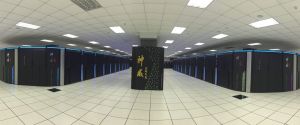
Image: forbes.com
Derek Dubner is the co-CEO of IDI, Inc., an information solutions firm providing data fusion services to support risk management, fraud prevention, and advanced marketing activities. While overseeing the provision of business intelligence for sectors ranging from law enforcement to retail, Derek Dubner stays abreast of technology trends impacting various business markets.
The retail sector could soon witness transformation in marketing and customer engagement strategies thanks to virtual reality (VR) technology. Several retailers have recently harnessed the possibilities of VR headsets to offer shoppers a three-dimensional, 360-degree brand experience. With many of these VR videos available via smartphones, consumers can follow companies on a virtual journey from anywhere in the world.
Retailers exploring the business applications of virtual reality include TOMS, The North Face, and IKEA. VR experiences created by The North Face allow shoppers to embark on virtual expeditions to locations such as Nepal and Yosemite National Park, painting a vivid image of the endless travel possibilities supported by North Face gear. At furniture stores such as IKEA, VR headsets allow shoppers to more clearly envision their newly redesigned spaces.
Meanwhile, TOMS is using VR to add depth to its “buy one give one” charitable business model, which donates one pair of shoes to a child in need for each pair sold. The company’s significant investment in virtual reality has allowed its customers to witness the impact of their patronage firsthand on virtual giving trips, which feature 360-degree footage of TOMS representatives delivering shoes around the world.



You must be logged in to post a comment.